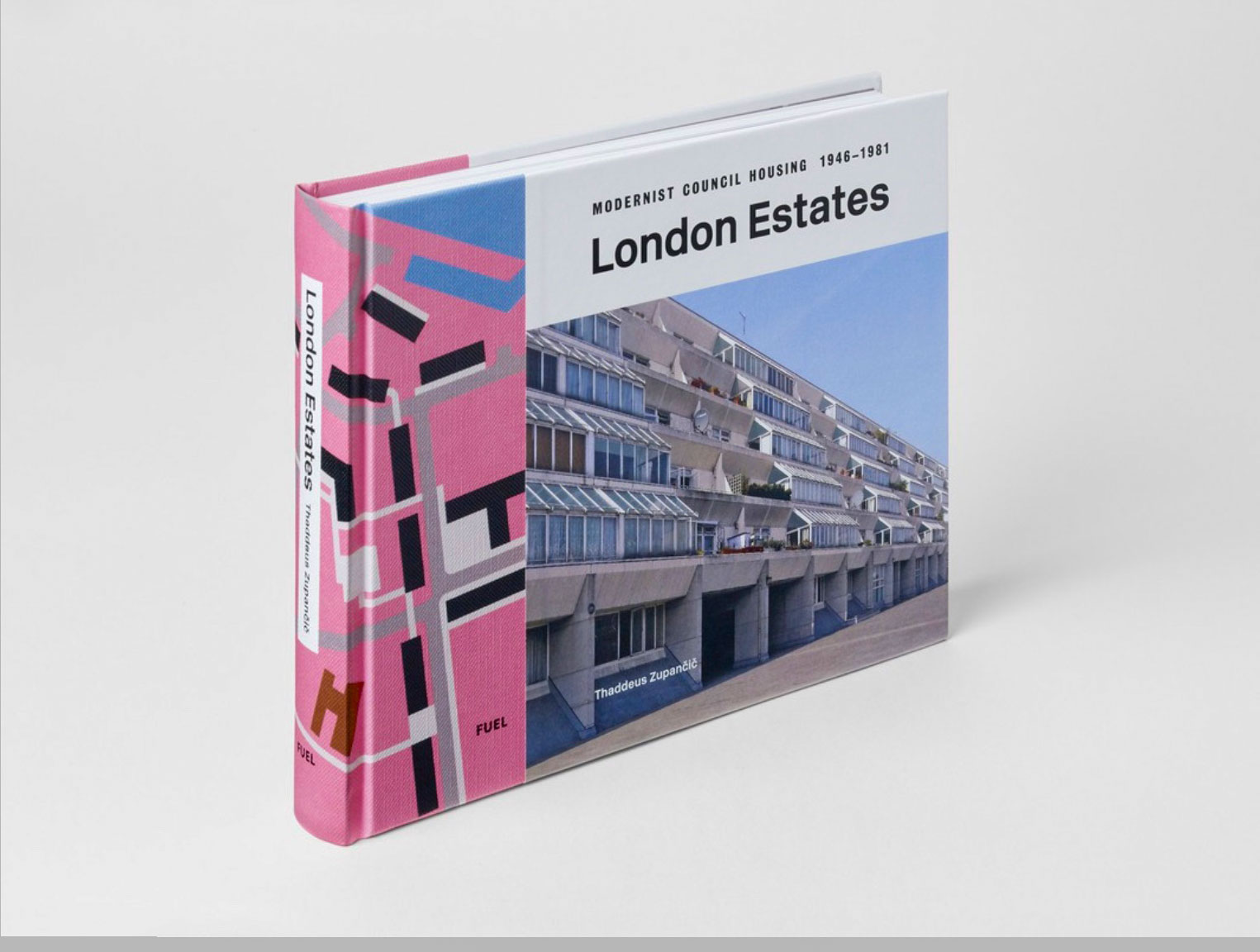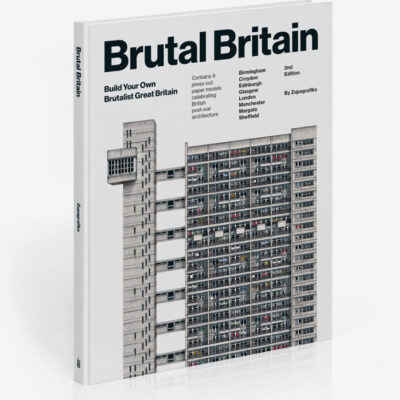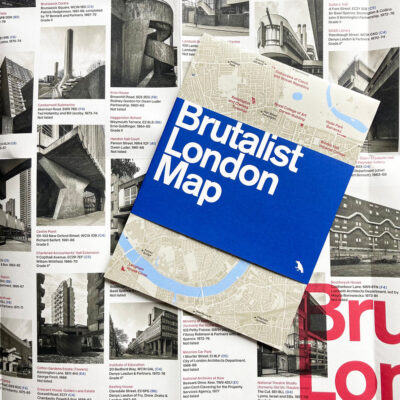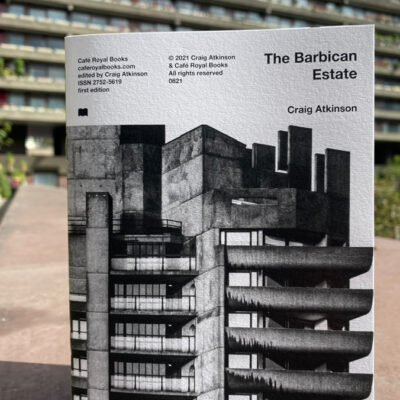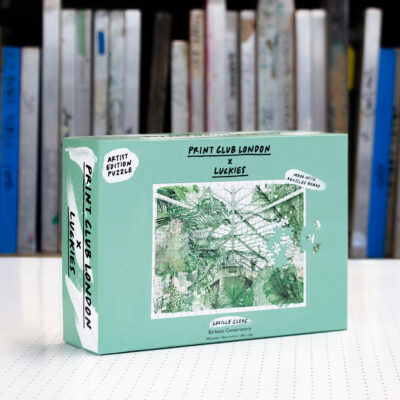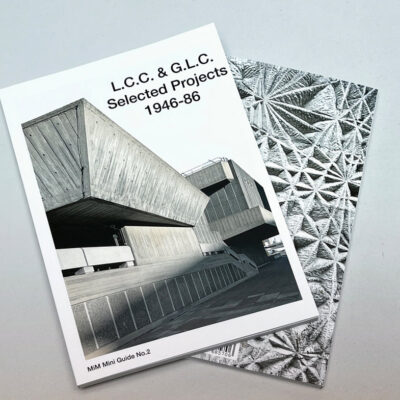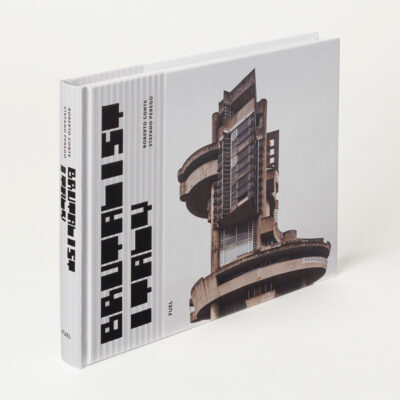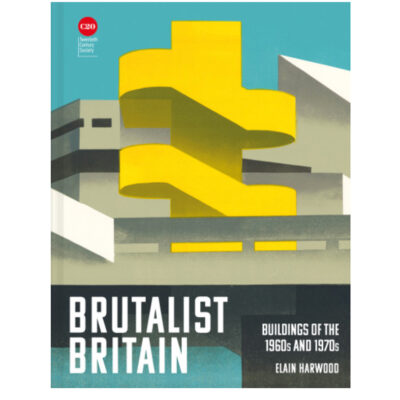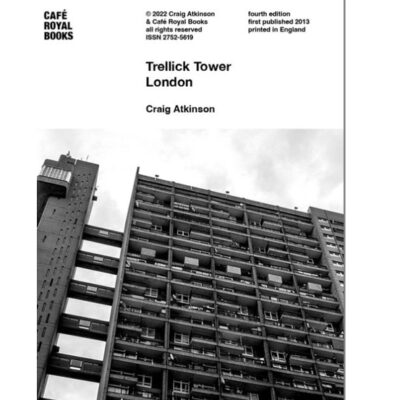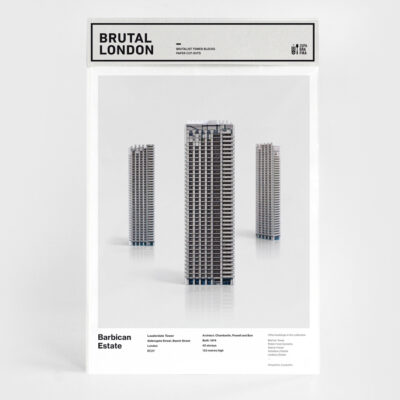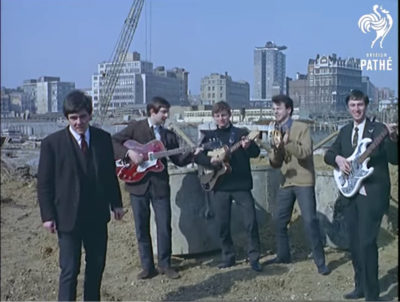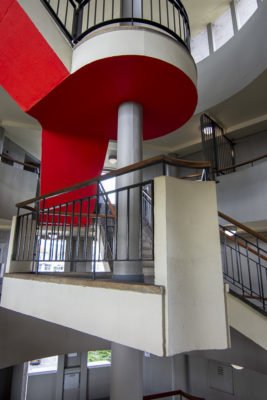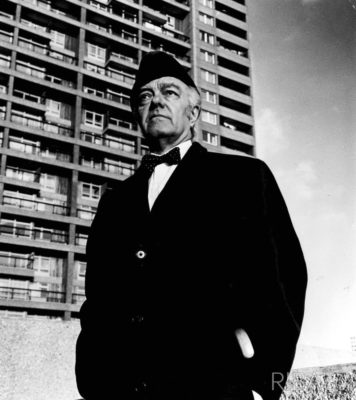London Estates
Modernist Council Housing 1946 – 1981
Bracketed by the Blitz and the introduction of Right to Buy, the 35 years from 1946 to 1981 was a period of immense social housing construction by the boroughs comprising London. It stands out in Europe for its ambition and imagination. High rise, low rise, mixed developments, green spaces, indoor plumbing, central heating, new materials and visions of healthy, collaborative communities, these ambitions came together in the massive effort of architects and planners and politicians.The need for housing, for decent homes, was critical. Tens of thousands had been destroyed in the War and much of the remaining stock was sub-par, rookeries of slums long overdue for bulldozing. Somehow, the needed funds were conjured in Britain’s bankrupt post-WWII economy. The building programmes were backed not just by the Labour Party that stormed to electoral victory in 1945 ousting Churchill but also by the Conservatives, too. Many schemes were too hurried, the designs flawed and the new construction techniques employed too little understood. But among them were some gems, successful in making affordable homes.
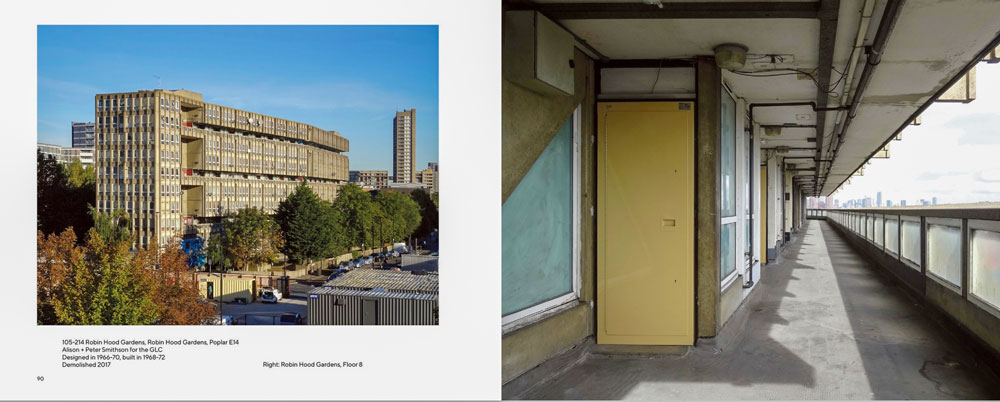
London Estates by Thaddeus Zupančič
Thaddeus Zupančič spent five years photographing London council estates and two years ago began work on his book London Estates, Modernist Council Housing 1946 – 1981 with Fuel. It is a passion project by a meticulous author and great photographer. The book is a celebration of 275 estates and the innovative work of the many architects, consulting architects to the boroughs. London Estates includes Denys Lasdun (Keeling House, Trevelyan House); Ernő Goldfinger (Balfron Tower, Trellick Tower); Basil Spence (Stock Orchard Estate, Tustin Estate), and Kate Macintosh (Dawson’s Heights). London Estates gives deserved recognition to the borough architects like Edward Hollamby in Lambeth and F.O. Hayes in Southwark.
In writing the book Thaddeus visited dozens of archives across London to research the history of each development. He speaks with admiration of the diligence and seriousness of borough debates and decision-making, of the sense of mission and purpose that the records of their debates show. At the launch of the book, hosted by Fuel and held at David Rosenberg’s Velorose Studio + Gallery Thaddeus was in conversation with Catherine Croft, Director of the Twentieth Century Society. A packed launch party heard Catherine warmly describe Thaddeus as “Mr Maisonette”. The maisonette, Thaddeus observed, is rare outside the UK but is to his mind, and he isn’t alone, in recognising it as such, an ingenious concept. “Terraced housing in the sky”, Thaddeus quoted John Bolton and we know how successful terraced housing has been in creating community. He instanced the motivating vision of the boroughs with the example of six bedroom flats and the wide variety of accommodation, designed for Londoner’s needs.
Listening to Thaddeus it’s clear that the council house building programmes that produced these 275 estates wasn’t about expediency, wasn’t about quickly dealing with the grave problems of a housing crisis but fundamentally improving the lives of people, providing what we all crave, a home. That later cost-cutting and the biases of social exclusion have changed attitudes to the way some think about council housing estates mustn’t obscure the vital and visionary work of that massive post-War building.
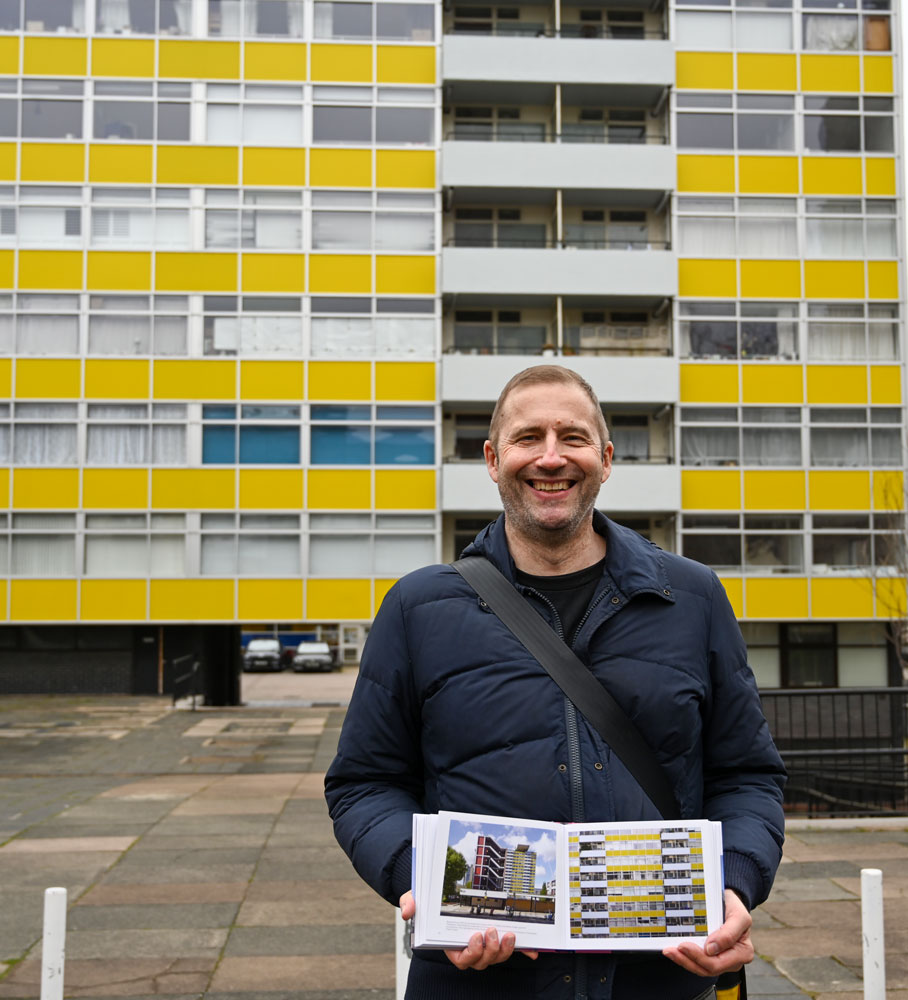
Author, Thaddeus Zupančič, photographed in the Golden Lane Estate
Of course the Golden Lane Estate for the City of London by Chamberlin, Powell & Bon, a particular favourite of Greyscape, as the direct predecessor of the Barbican, is included.
“Council housing, often hidden in plain sight, is arguably the greatest gift that architects have bequeathed London”
What is it book blurb often says, “lavishly illustrated”? In the case of London Estates, that is not promotional puff.
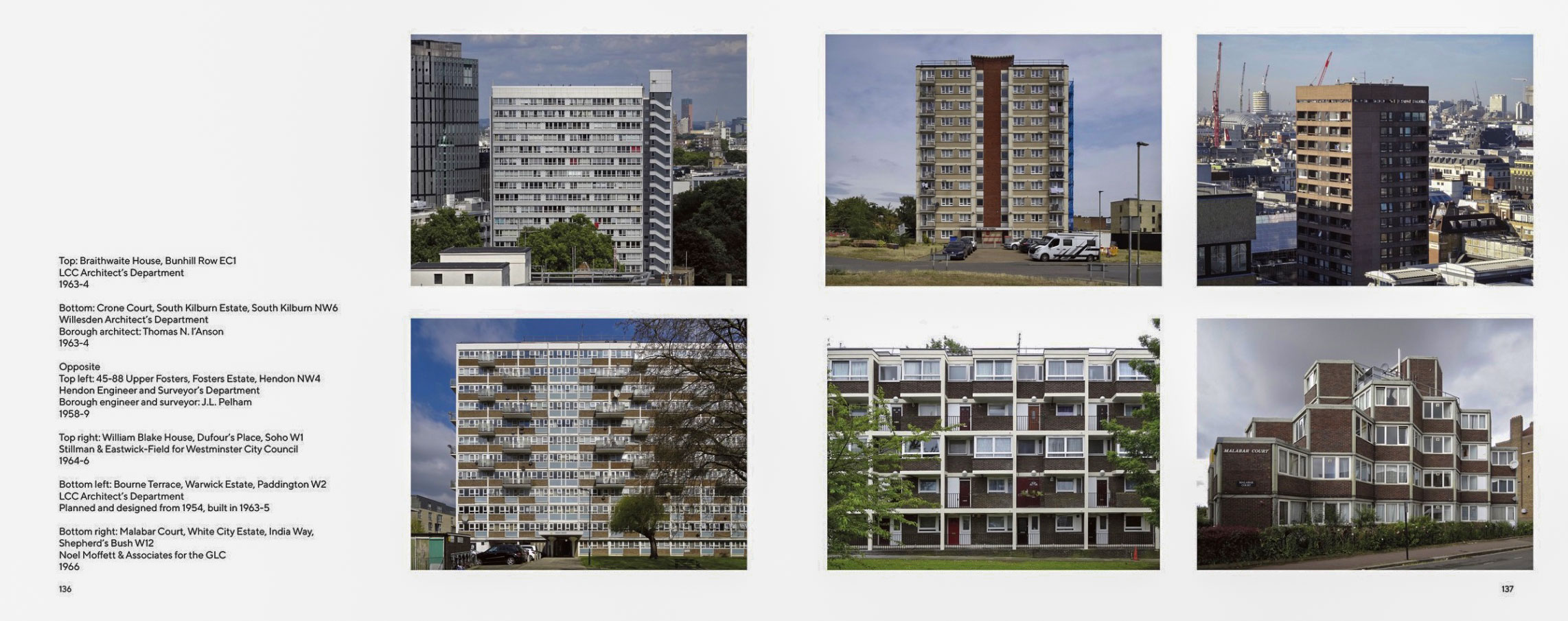
London Estates by Thaddeus Zupančič
The book is over 300 pages, including a concise and insightful historical introduction, an index of the estates and, of course, hundreds of photographs patiently snapped of all of these estates. Each photo is captioned with the name of the estate, its architect and year of design and construction, the key for taking a deeper delve into the history and, as we know, every one of these estates has its own story. Like Greyscape, you’ll enjoy using London Estates as a jumping-off point to explore your favourite buildings and some that aren’t so favoured.
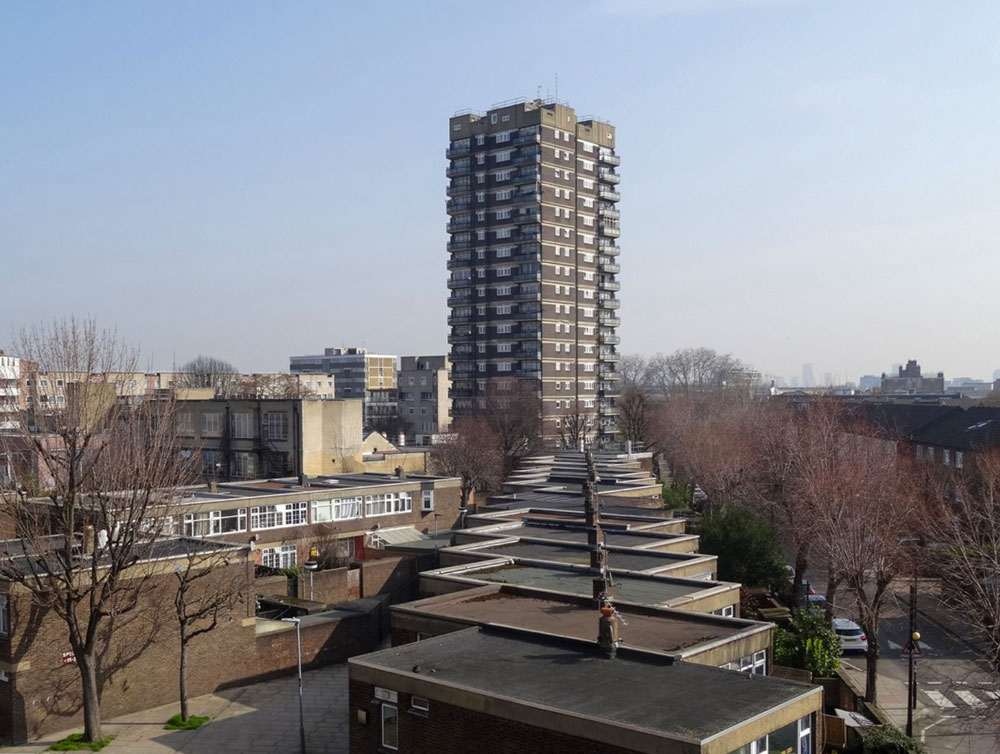
London Estates by Thaddeus Zupančič
It’s a must-have for all of us interested in modern architecture and post-war social history and a long overdue work for anyone fascinated by our London heritage and the expression of a desire to meet a social need. It’s taken the diligence of Thadeus, with the support of his publisher, Fuel, to bring this work to completion.
Thaddeus Zupančič is a Slovenian-born writer and translator. He studied comparative literature and sociology of culture at the Ljubljana University’s Faculty of Arts and moved to London in 1991, when he got a job as a radio producer with the BBC World Service.
Brutalism remains his favourite C20 architectural style – his impressions of the National Theatre when he first visited London in 1982 and of the Barbican Estate a year later were profound. It was also a starting point for his Instagram account – @notreallyobsessive – created in 2015; the second post was of Goldfinger’s Balfron Tower on the Brownfield Estate in Poplar. After a few years, the account started systematically documenting council housing in London from 1946 to 1981 (with a few excursions elsewhere). These posts led to his first exhibitions (at FILET in London and the Museum of Architecture and Design in Ljubljana), lectures (at the Architectural Association and London Metropolitan University) and, ultimately, to the book London Estates, published by FUEL.
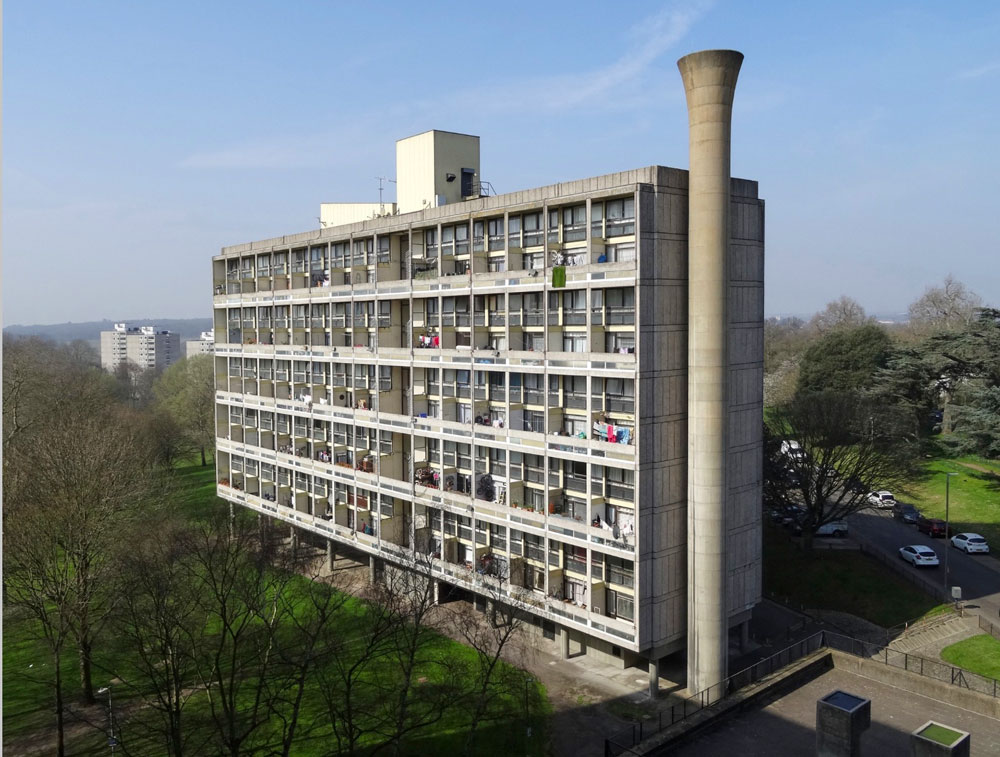
London Estates by Thaddeus Zupančič
His favourite small post-war council scheme in London is Neave Brown’s Dunboyne Road Estate, but he still can’t decide about the large ones: “It’s a perennial toss-up between Powell & Moya’s Churchill Gardens, Lubetkin’s Cranbrook Estate, Darbourne & Darke’s Lillington Gardens, Alton West Estate by the LCC Architect’s Department and the Golden Lane Estate by Chamberlin, Powell & Bon.”
London Estates available from Greyscape.com




